How old would you be if you didn't know how old you were?
It turns out that Evander Holyfield and Mike Tyson may be getting back in the ring for an exhibition fight in the near future. They famously fought in 1997, when Tyson bit a part of Holyfield’s ear off. What I found interesting about the news is they are 57 and 54 respectively! Of course, competing in a high level boxing match in your 50s is not everyone’s cup of tea, however it is inspiring to me to see how fit it is possible to be in your 50s and beyond. I’ve always thought it strange that people are so accepting of the myth that as you get older you can do less and less; you may not be able to compete in terms of speed, but your technique has the potential to keep expanding with age. Roger Federer is an excellent example of this; at 37 he is still competing at the highest level of tennis and the Williams sisters incredible careers are still going, with Venus aged 40 and Serena aged 38. Contrast this with the fact that, for a lot of professional athletes, retirement beckons around the age of 33.
When we see others doing something, it opens up the possibility we are capable of doing that too. Mirror neurons prove that seeing really is believing; they are responsible for imitation and are an interesting example of showing that perception is a complex feedback cycle and not a one-way street from material reality to the brain. A good example is running the four-minute mile; for years it was considered impossible because no one had managed the feat, yet after Roger Bannister achieved it many other people soon followed in his footsteps.
“We’re mostly under-moved, and not at all too old.”
- Katy Bowman
Listen to the way people talk about themselves, notice if it’s with kindness or with judgement and criticism. I hear a lot of people focusing on what they can’t do and finding reasons to support that; if, as the saying goes, what you speak is what you will become, then continually saying how you’re too old to do x, y or z doesn’t bode well for your future prospects.
One of the ways out of this way of thinking is to find examples of people who are fit and active as they grow older and these people can help shape and redefine your perception of what it means to be ‘old’. It becomes harder to make excuses when you see people in their 80’s and 90’s competing, running marathons and keeping active. I dislike the way older people are under-represented in media in our society and, when they are shown, they are often cartoonishly cuddly and fragile. Take a look at the following ten people and be inspired by what they do - and what it means you could do, too:
Pamela Gagnon
Current age: 45
Lead Coach for CrossFit Gymnastics Certifications.
Photo on the left is her competing in a gymnastics competition aged 18.
Mike Tyson
Current age: 54
Mike Tyson is a former American boxer who, at age 20, became the youngest heavyweight champion in history.
Pictured left aged 18, centre aged 41 and right aged 53.
Diana Nyad
Current age: 71
Diana Nyad is a long-distance swimmer and some of her notable achievements include swimming around Manhattan, swimming from The Bahamas to Florida and she became the first person to swim from Cuba to Florida without the aid of a shark cage.
Pictured left aged 18 and right aged 64.
Evander Holyfield
Current Age: 57
Evander Holyfield competed from 1984 to 2011 in boxing and reigned as the undisputed champion at cruiserweight in the late 1980s and at heavyweight in the early 1990s, and remains the only boxer in history to win the undisputed championship in two weight classes.
Pictured left aged 21 at the 1984 Olympics.
Gordie Howe
Gordie was a Canadian professional ice hockey player and played in professional games over five decades. After turning 40 he made the All-Star team twice, made his his final National Hockey League aged 52 and played a shift in a for the Detroit Vipers at the age of 69.
Sebastien Foucan
Current age: 46
He coined the term freerunning and is considered as one of the founders of parkour. Foucan appeared as Mollaka in the 21st James Bond film Casino Royale.
Pictured left aged 32 and right aged 44.
Tony Hawk
Current age: 53
Tony Hawk is an American professional skateboarder who—through his technical innovations, successful equipment and apparel companies, and tireless promotional work—helped the sport of skateboarding enter the mainstream at the end of the 20th century.
Pictured left aged 17.
Ernestine Shepherd
Current age: 84
Ernestine Shepherd is the world’s oldest female bodybuilder. She took up exercising aged 56 and competed in her first bodybuilding competition at age 71.
Pictured right aged 80.
Ernie Andrus
Current age: 96
The accomplished long-distance and relay-runner first laced up shoes when he retired at 64.
Ernie ran his first 10K with the torchbearers for the Los Angeles Olympics and, in 2013, he ran across America from the Pacific Ocean to the Atlantic.
Pictured left in World War Two.
Wolf from Gladiator
Current age: 67
Michael Van Wijk is an English bodybuilder, professional sportsman, actor and TV presenter and is most well known for his role as Wolf on British TV endurance sports game show Gladiators, a role he held for 8 series (pictured left).
Satchel Paige
The baseball player was considered to be one of the most skilled pitchers of all time and played his first Major League game aged 42. He pitched his final game at the age of 59 marking the end of 40 years in professional baseball.
“How old would you be if you didn't know how old you were?” is a quote attributed to Satchel Paige.
There seems to be a complete terror of peeling back the layers to examine the root causes of issues as well as an accompanying terror that, once examined, the best solution would be a simple one.
Let these experts stand up and be judged by the outcomes of their policies and not just by the amount of papers they publish.
Is climbing a wall the most important movement skill of all? Yes! Maybe. In this video I'll discuss why I think the wall climb is such a useful skill to have.
Trees are boring, so I decided to un-boring them with some clambering and a hand made Christmas tree topper.
Humans, like all creatures of this World, are regulated less by our temperament and more by our environment which constrains and keeps us in check.
This environment has changed considerably thanks, in part, to central heating.
Like the Amish, we must now be intentional with how we design our lives and recognise there is a cost to all new things, a cost that may not be known for decades.
I've lived the last 7 years of my life without furniture. Is it comfortable? Is it good for you? And do people thing you are weird? Yes, but you should probably watch the video for more information.
Athletes are the pinnacle of health and fitness in our modern age. Or are they?
Well...... It's Complicated
Are you normal? Well that just might not be that good for you, lets take a look at how the normalization of the modern world is damaging our health and even our ability to understand the world around us.
I've stopped drinking as much caffeine, except for when I drink more. I've been experimenting and wanted to share my decaffeinated experience.
I've always had a bit of a problem with ergonomics, while some of the ideas put forward by it seem logical on the surface, the unfortunate truth is that even the people that stringently follow the principles of ergonomics end up just as ill and injured as the people that don't.
It’s always satisfying when you come across a term or phrase which encapsulates something in a way that's surprising and yet makes total sense. In modern times, it also helps that concepts are only as long as a Twitter post; the shorter and more succinct the better so our over-stimulated attention spans can grasp it.
Where I somehow manage to link obesity with the end of the British Empire.
It’s important to recognise that we are far from complete in our knowledge and we know very little about the way about how the body actually works - that’s why I really like reading these studies because they run counter to ‘accepted wisdom’ and challenge our prevailing norms.
Unless sedentary habits change, this generation of children could end up with hip fractures in their 40s and 50s instead of their 70s.
Falls in the 40-plus age group have increased 20% from the previous generation, so it seems likely this figure will only increase for the coming generation who’ve spent the majority of their childhood sedentary and with low bone density.
A deep dive into safetyism, its origins and what it means to live in a highly unnatural ‘safety-first’ culture.
Head-loading is impossible to perform correctly without achieving an ideal head and neck alignment. Alongside the development of the relevant stabilising muscles that develop, so too does a particular gait pattern which is a third more efficient than our normal walking gait.
Ideal posture is the position from which the musculoskeletal system functions most efficiently and there is a direct relationship between chronic poor posture and chronic pain.
Wellness banking the newest idea to encourage people to spend responsibly all the while improving their physical health. To benefit from wellness banking you must share more personal data with your bank than ever before and allow it to track your movement, exercise routine and diet; the more you’re willing to share, the more rewards you’ll receive.
‘The healthier you get, the more we’re able to offer you. It’s a virtuous circle that’s good for you, good for us, and good for society.’
Tend your inner fire this March by joining Billy at this free online summit.
You’ll learn about natural movement and how to embody your natural masculine (if you don’t do this already).
I cannot guarantee you will leave the summit a better person, but you might.
Modern life has come to resemble that of the adult sea squirt; thinking is prioritised, movement is downgraded and human experience can be experienced entirely though a screen. In this year-long experiment of inactivity and inertia (cheerily marketed as ‘lockdown’), will we pay the price for neglecting a fundamental part of our nature?
The Royal Society for Public Health has called for the introduction of ‘activity equivalent’ calorie labelling and have suggested packaging containing information on how much physical activity it takes to burn off the calories. Many of the public health interventions are focused on the individual taking full responsibility for their health, however it must be noted that the environment around us has a huge impact on the decisions we make.
Healthwashing harnesses dubious claims such as ‘natural’ or ‘clean’ and turns them into extremely powerful marketing terms, selling you a lifestyle or a vision of who you could be if you bought their products. The words chosen are deliberately misleading and even meaningless, used because they are unregulated - it’s worth remembering that the front of a product’s packaging is pure marketing only.
Never have we had so much data and information about our health. Our wearable devices tell us all kinds of information about ourselves we could only dream of knowing in the pre-smartphone stone age. We measure our heart rate and track our steps - but does any of this information translate to changing our behaviour?
Falls aren’t something that ‘just happen’ because you’re getting older and they’re not ‘inevitable’; they are preventable. With the fall rate in the 40-plus age group up by as much as 20% on the previous generation, researchers speculate it could be due to our increasingly sedentary lifestyles making us less steady on our feet and poor nutrition throughout our life.
Can we stay as sharp as a pin mentally if we never go outside, move around and keep our body in good shape? Likewise, if we focus entirely on what we look like, to the detriment of cultivating our mind, are we in balance? Movement is a key factor to maintain both the mind and body in a healthy state.
There are various stages of learning we go through in order to acquire new skills - we all start at the very beginning and over time, develop the skills and techniques needed. This model is a guide through the learning process, highlighting why obstacles exist and what the best ways to overcome challenges are each stage of the way.
Walking involves smooth advancement of the body through space with the least mechanical and physiological energy expenditure. If any part of the system is compromised then the body will rely on increasing energy costs to manage this.
I am delusional and gripped by mass hysteria.
This is a sentence no-one is likely to think about themselves; madness resides in others and not ourselves. As humans we have a terrifying capacity to justify ourselves and dig in deeper when our beliefs are questioned.
What are the factors behind this that compel us to follow others and are there consequences to our health if we stand out from the crowd?
We have grown to expect medicalised solutions to ageing be they through pills, surgery or new scientific breakthroughs which promise to confer health, longevity or even eliminate death altogether. Aubrey de Grey, cofounder of the SENS Research Foundation, proclaims the first human being to live to the age of 1,000 has already been born. If ageing is seen as a disease, it reframes it into a treatable condition, facilitating therapeutic interventions and preventative strategies.
We’ve come to use ‘exercise’ and ‘physical activity’ interchangeably but they aren't the same thing and, if you read the small print whenever the Government or the NHS is imploring you to get fit, rarely do they mention exercise alone; they often say you need more physical activity. This distinction is really important to grasp; the guidelines aren’t prescribing exercise; they’re saying you need to move your body more.
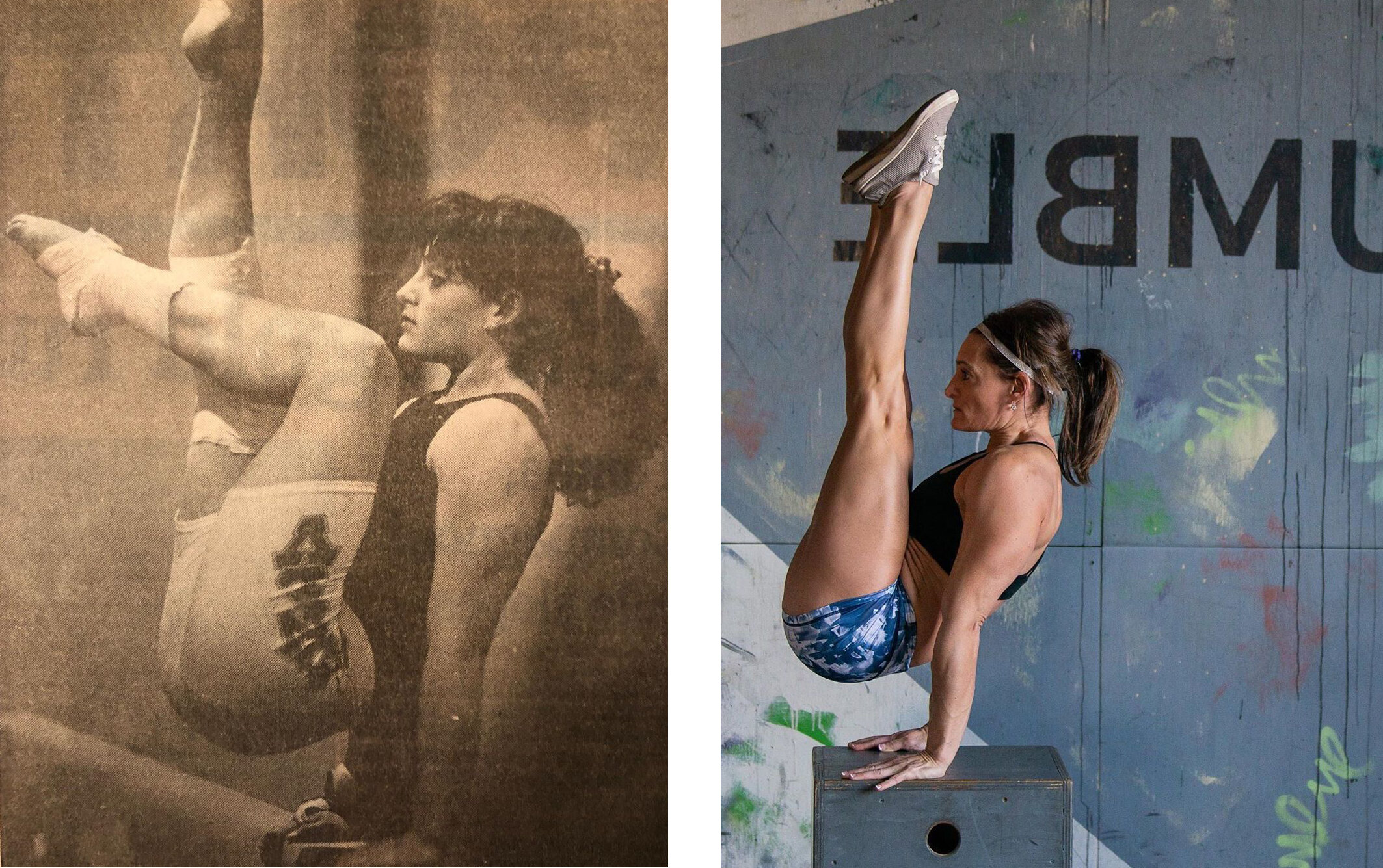


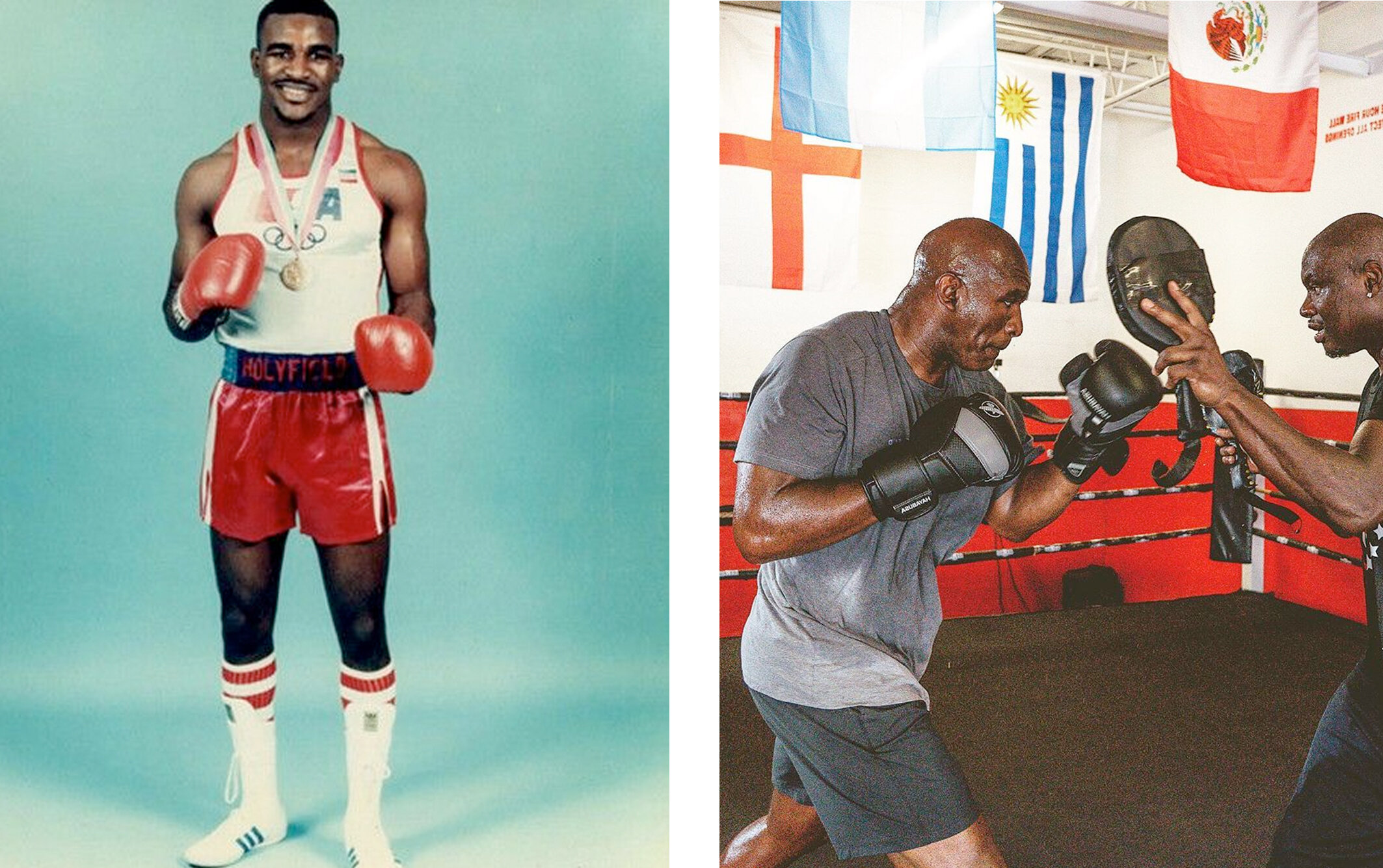

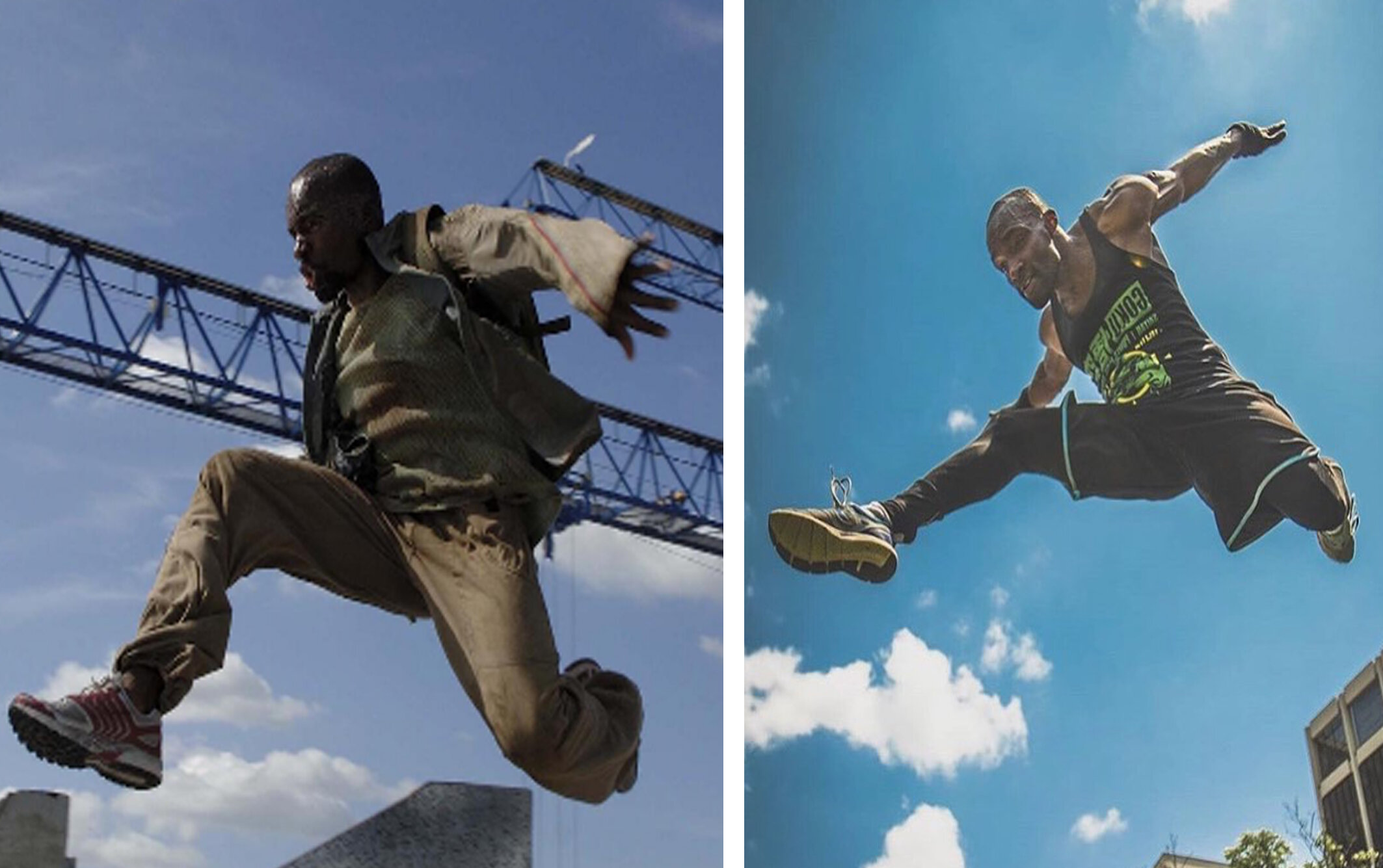

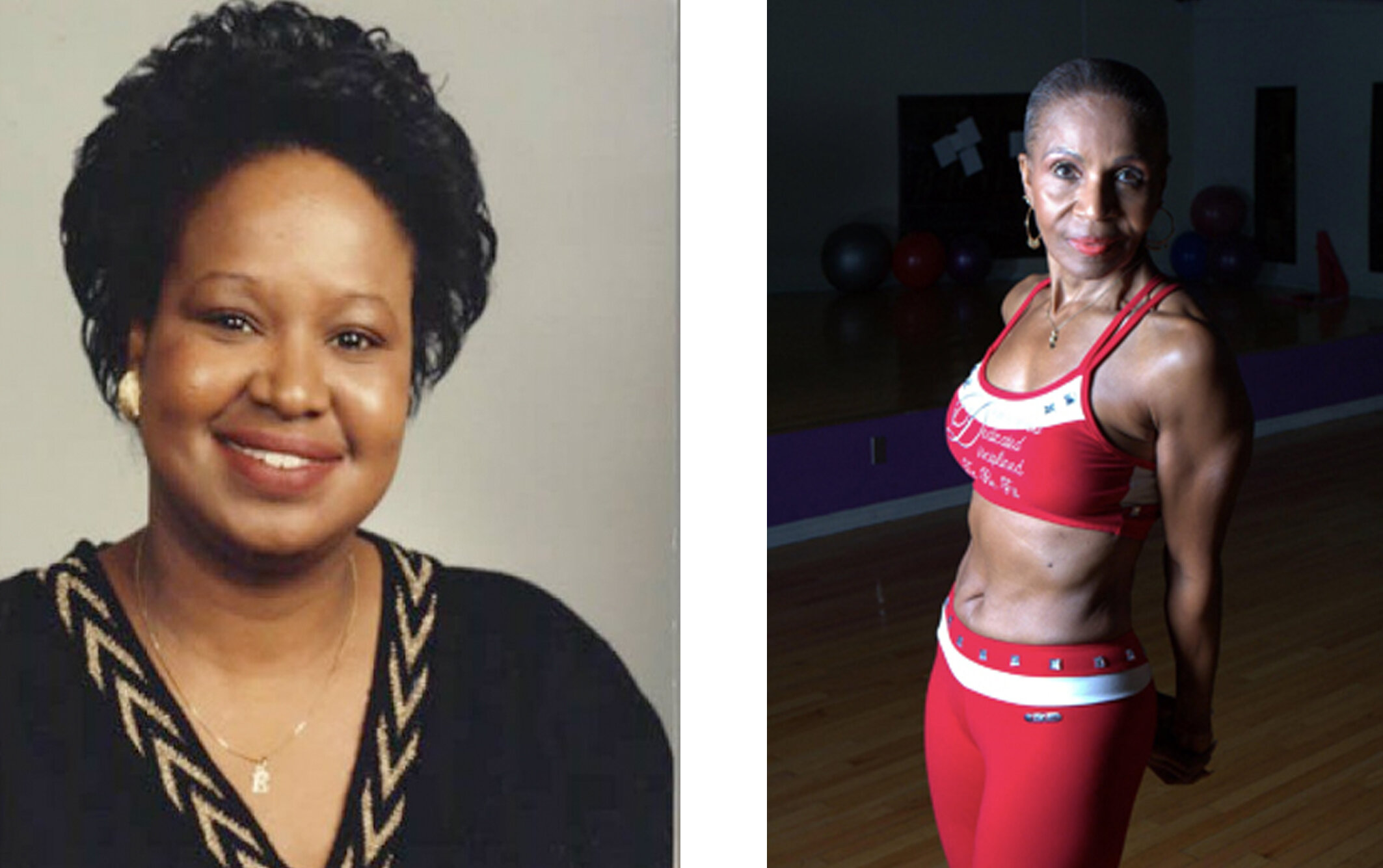
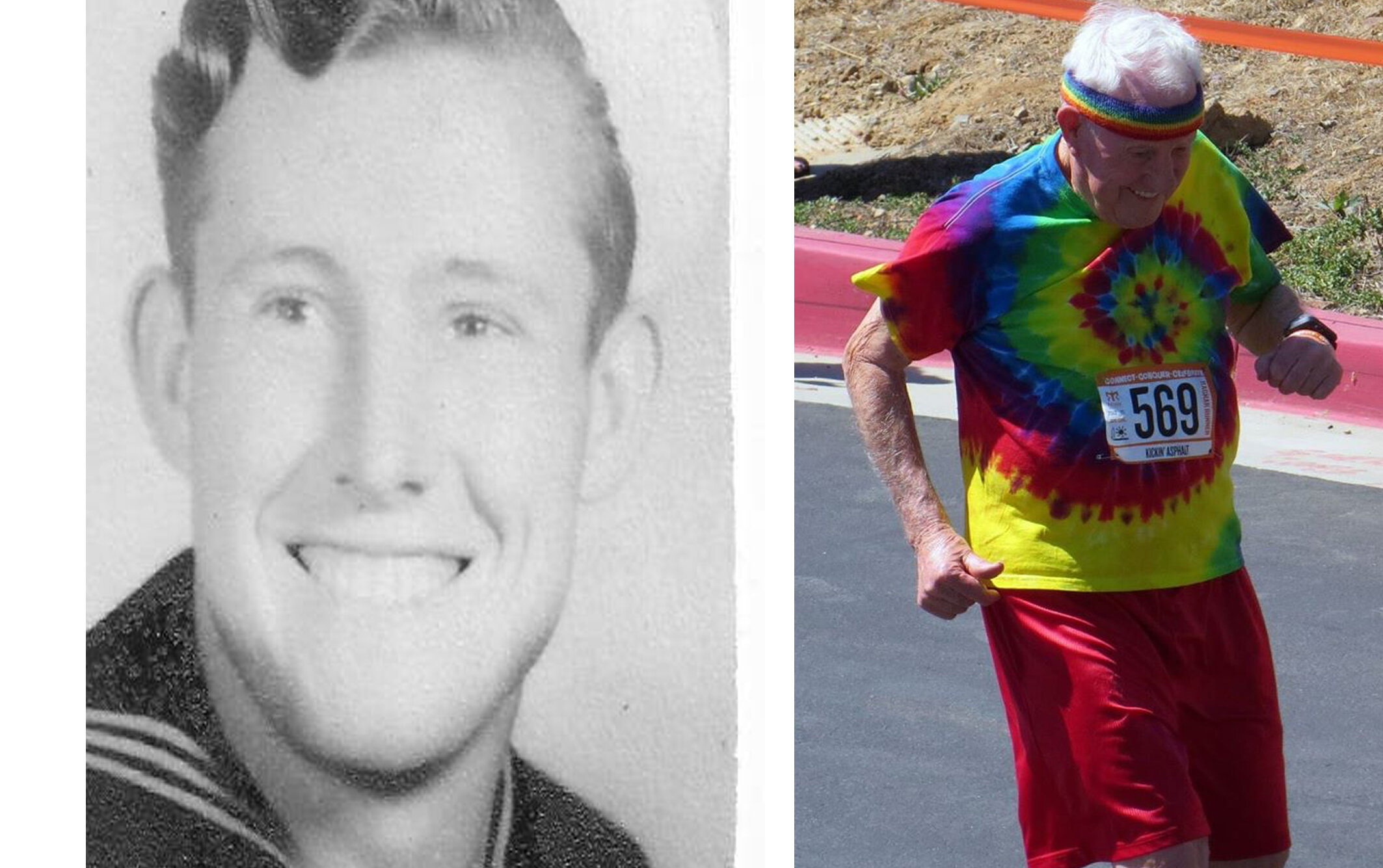






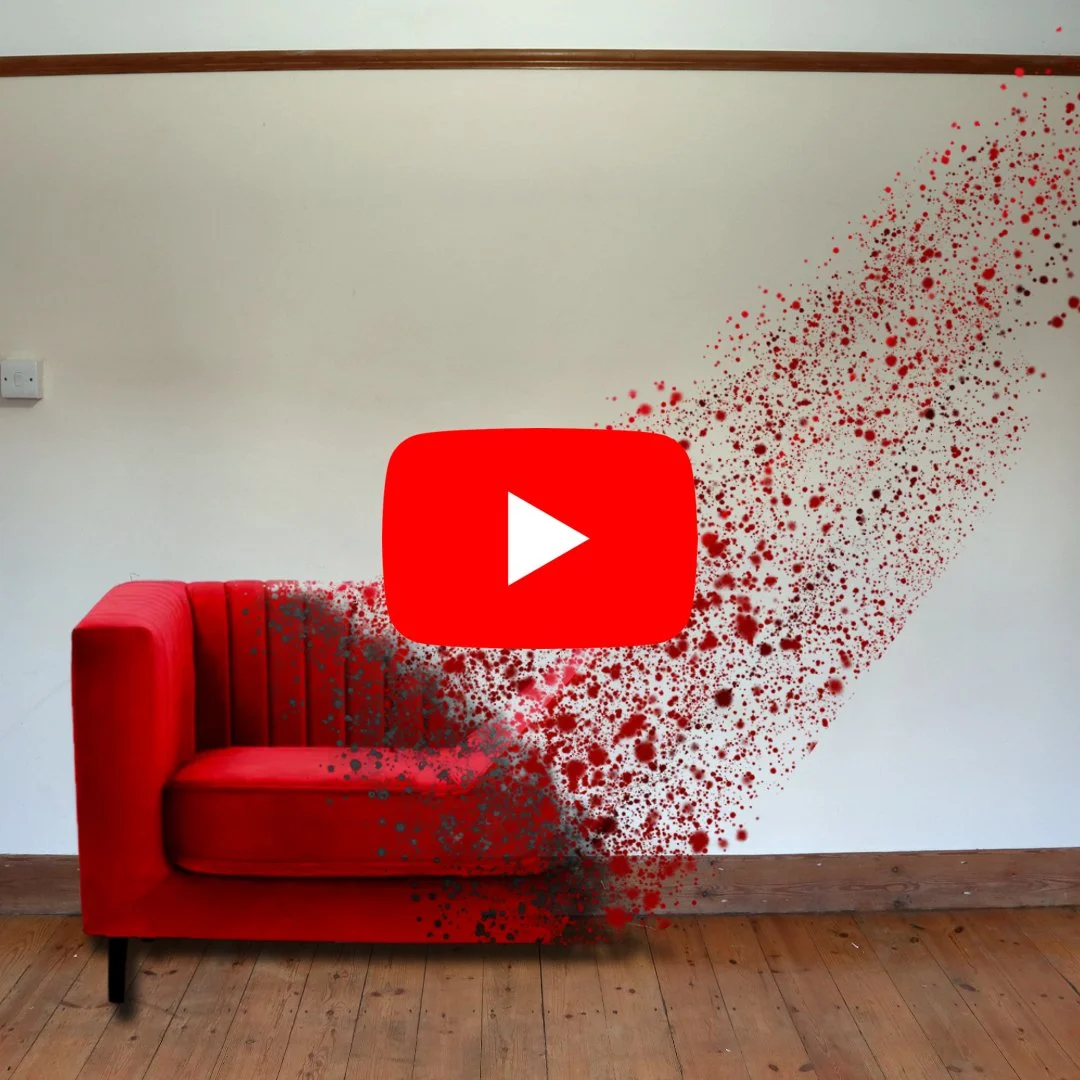






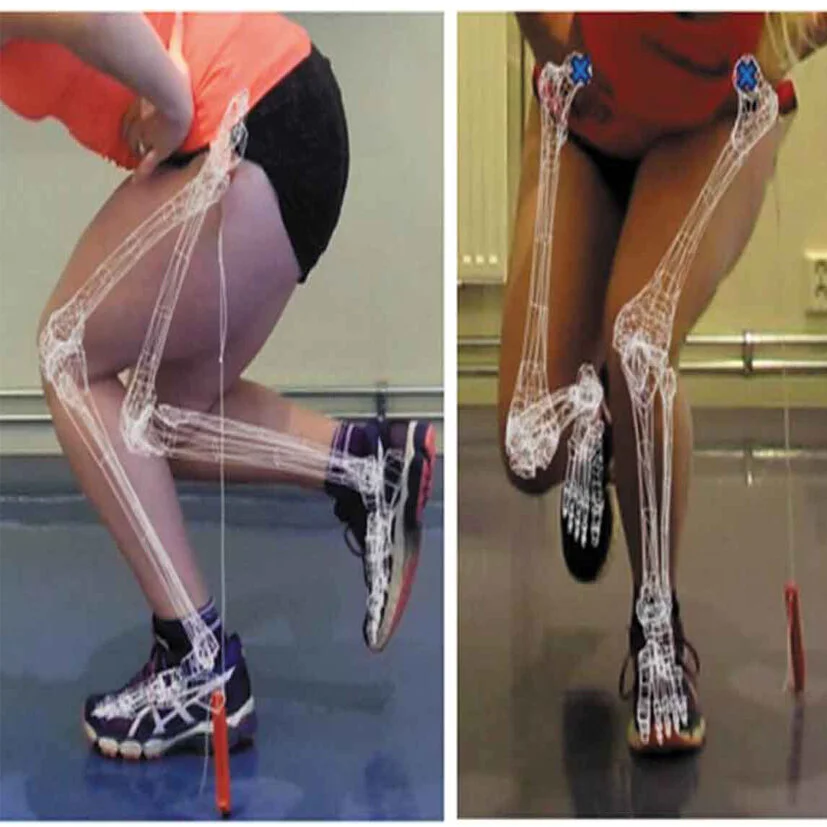










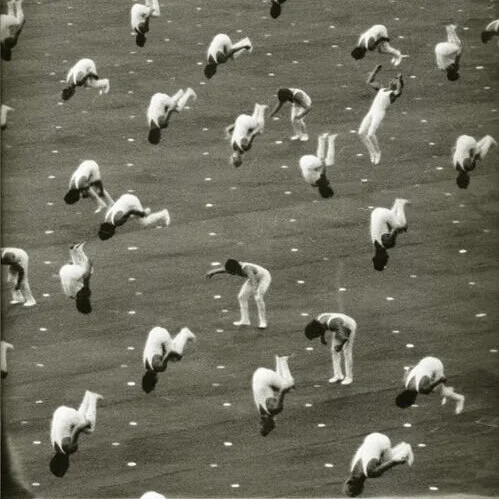






What are the most common misconceptions about furniture free? Well these are my top three!